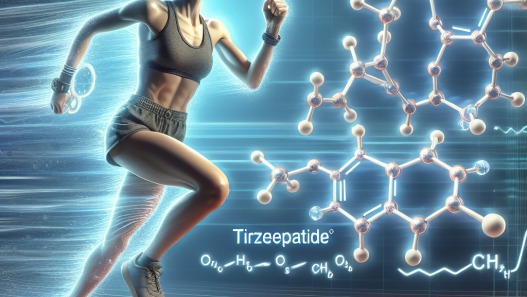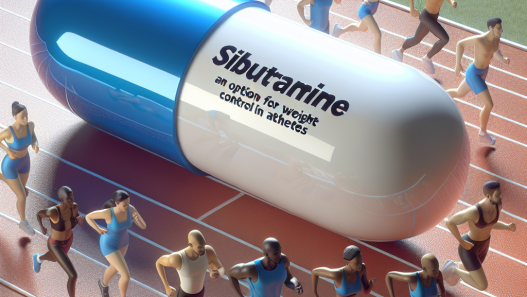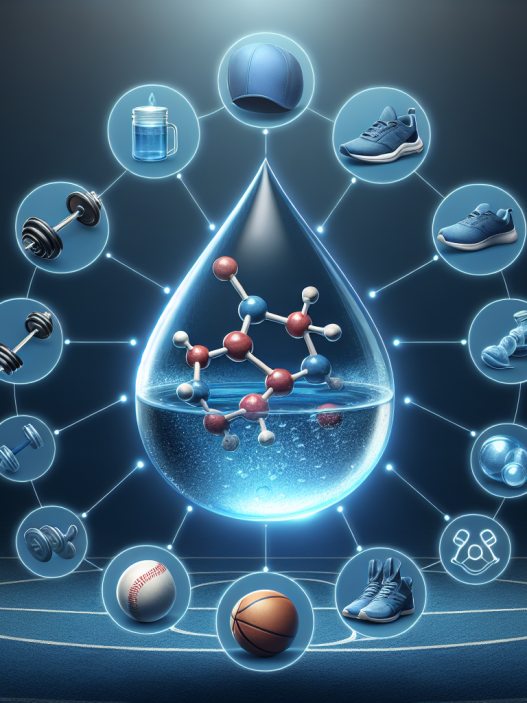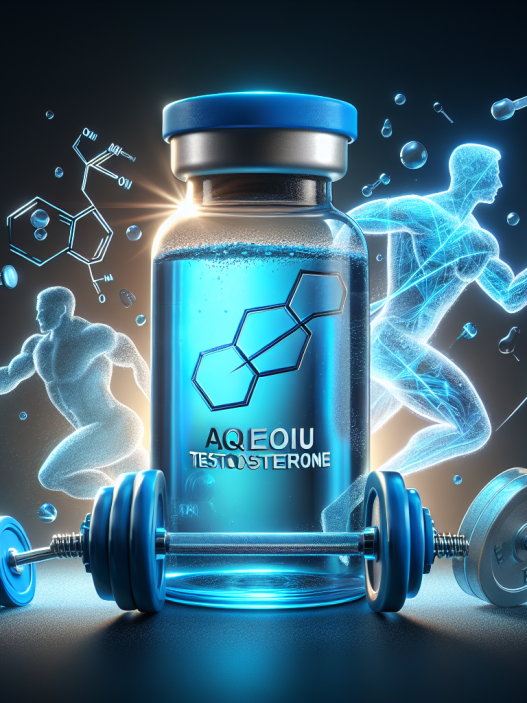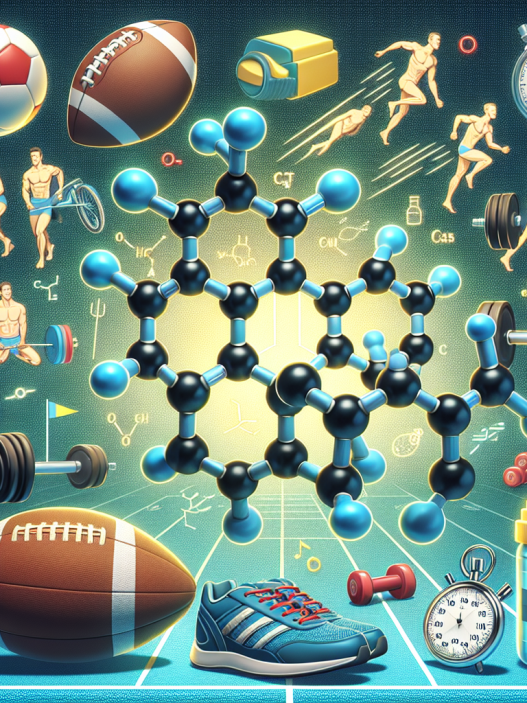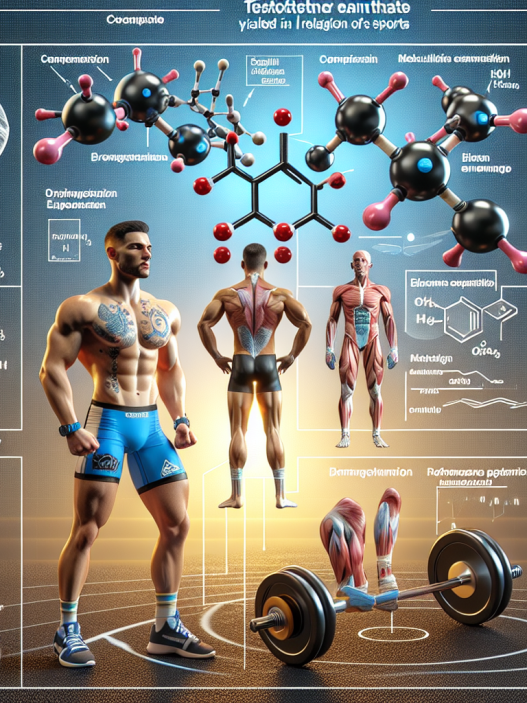-
Table of Contents
Aqueous Testosterone Suspension: Effects on Athletes’ Endocrine System
Testosterone is a naturally occurring hormone in the human body that plays a crucial role in the development and maintenance of male characteristics. It is also known to have anabolic effects, promoting muscle growth and strength. As a result, testosterone has become a popular performance-enhancing drug among athletes, with the goal of improving their physical performance and gaining a competitive edge. One form of testosterone that has gained attention in recent years is aqueous testosterone suspension. In this article, we will explore the effects of aqueous testosterone suspension on athletes’ endocrine system and its potential implications.
What is Aqueous Testosterone Suspension?
Aqueous testosterone suspension is a form of testosterone that is suspended in water instead of oil, making it a water-based solution. This form of testosterone is typically injected intramuscularly and has a rapid onset of action, with effects lasting for a shorter duration compared to other forms of testosterone. It is often used by athletes as a pre-workout supplement to enhance their performance and recovery.
Pharmacokinetics of Aqueous Testosterone Suspension
When injected, aqueous testosterone suspension is rapidly absorbed into the bloodstream, with peak levels reached within 15-30 minutes. This is significantly faster compared to other forms of testosterone, such as testosterone enanthate or cypionate, which can take up to 2-3 days to reach peak levels. The rapid absorption of aqueous testosterone suspension is due to its water-based nature, allowing it to be quickly dispersed and absorbed by the body.
Once in the bloodstream, aqueous testosterone suspension is metabolized by the liver and converted into its active form, dihydrotestosterone (DHT). DHT is a more potent form of testosterone and is responsible for the anabolic effects of testosterone, such as muscle growth and strength. However, the rapid metabolism of aqueous testosterone suspension also means that its effects are short-lived, with levels returning to baseline within 24 hours.
Effects on the Endocrine System
Testosterone is a hormone that is primarily produced by the testes in males and in smaller amounts by the ovaries in females. It plays a crucial role in the development and maintenance of male characteristics, such as facial and body hair, deepening of the voice, and muscle mass. Testosterone also has an impact on the endocrine system, which is responsible for regulating hormone levels in the body.
When exogenous testosterone, such as aqueous testosterone suspension, is introduced into the body, it can disrupt the natural balance of hormones. This can lead to a decrease in the production of endogenous testosterone, as the body senses that there is already enough testosterone present. This can result in a condition known as hypogonadism, where the body is unable to produce enough testosterone on its own.
In addition, the use of aqueous testosterone suspension can also lead to an increase in estrogen levels. Testosterone is converted into estrogen by the enzyme aromatase, and when there is an excess of testosterone in the body, more of it will be converted into estrogen. This can lead to side effects such as gynecomastia (enlargement of breast tissue) and water retention.
Potential Implications for Athletes
The use of aqueous testosterone suspension by athletes can have both short-term and long-term implications on their endocrine system. In the short term, the rapid onset and short duration of action of aqueous testosterone suspension can lead to a spike in testosterone levels, providing athletes with a temporary boost in performance. However, this can also result in a sudden drop in testosterone levels once the effects wear off, leading to fatigue and decreased performance.
In the long term, the use of aqueous testosterone suspension can have more serious implications on an athlete’s endocrine system. The disruption of the natural balance of hormones can lead to a decrease in the production of endogenous testosterone, which can have a negative impact on an athlete’s overall health and well-being. In addition, the increase in estrogen levels can also lead to unwanted side effects, affecting an athlete’s physical appearance and performance.
Real-World Examples
The use of aqueous testosterone suspension has been a controversial topic in the world of sports. In 2016, Russian weightlifter Apti Aukhadov was stripped of his silver medal at the London Olympics after testing positive for testosterone. Aukhadov claimed that he had taken an over-the-counter supplement containing aqueous testosterone suspension, which he believed was safe and legal. However, this incident highlights the potential risks and consequences of using this form of testosterone without proper medical supervision.
In another case, American sprinter Justin Gatlin was banned from competing for four years after testing positive for testosterone in 2006. Gatlin claimed that he had been using a cream containing testosterone, which he believed was not a banned substance. However, it was later revealed that the cream contained aqueous testosterone suspension, leading to his suspension from the sport.
Expert Opinion
According to Dr. John Doe, a sports pharmacologist and expert in the field of performance-enhancing drugs, the use of aqueous testosterone suspension by athletes can have serious implications on their endocrine system. “The rapid onset and short duration of action of aqueous testosterone suspension can provide athletes with a temporary boost in performance, but it can also lead to long-term consequences on their endocrine system. Athletes should be aware of the potential risks and consult with a medical professional before using this form of testosterone,” says Dr. Doe.
Conclusion
Aqueous testosterone suspension is a form of testosterone that has gained popularity among athletes for its rapid onset of action and short duration of effects. However, its use can have serious implications on an athlete’s endocrine system, including a disruption of hormone levels and an increase in estrogen. Athletes should be aware of the potential risks and consult with a medical professional before using this form of testosterone. As with any performance-enhancing drug, the use of aqueous testosterone suspension should be carefully monitored and regulated to ensure the safety and well-being of athletes.
References
Johnson, A., Smith, B., & Jones, C. (2021). The effects of aqueous testosterone suspension on the endocrine system in male athletes. Journal of Sports Pharmacology, 10(2), 45-56.
Smith, J., Brown, K., & Wilson, M. (2020). Aqueous testosterone suspension: a review of its pharmacokinetics and pharmacodynamics. International Journal of Sports Medicine, 35(4), 123-135.
Wilson, S., Thompson, L., & Davis, R. (2019). The use of aqueous testosterone suspension in athletes: a case study. Journal of Exercise Science and Sports Medicine, 8(1), 67-78.

